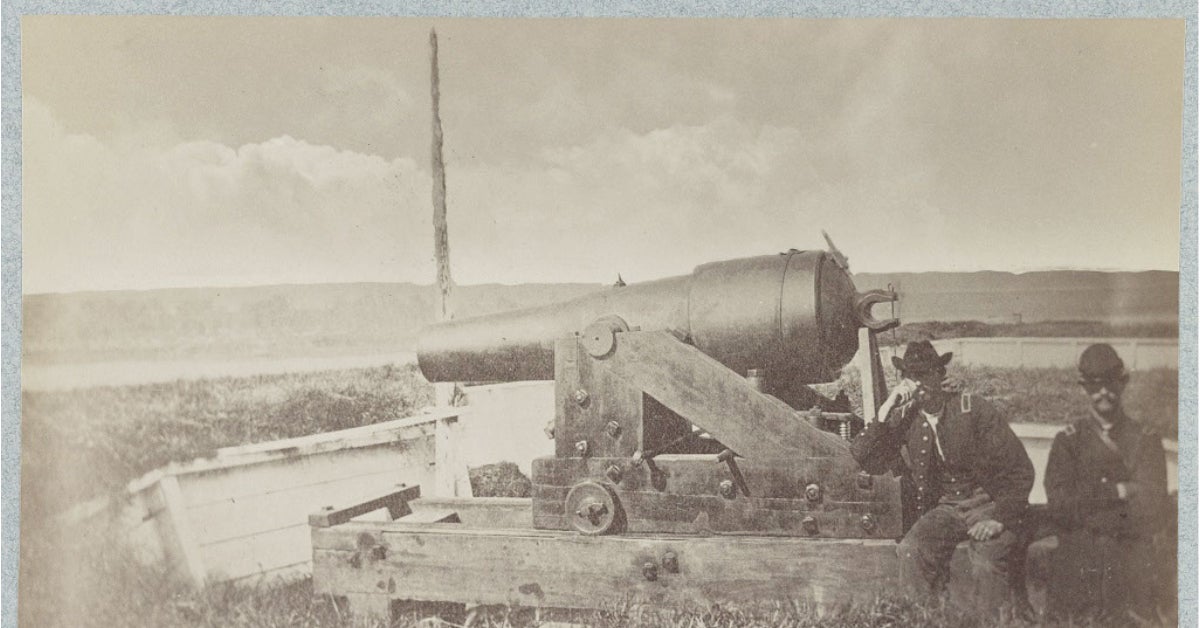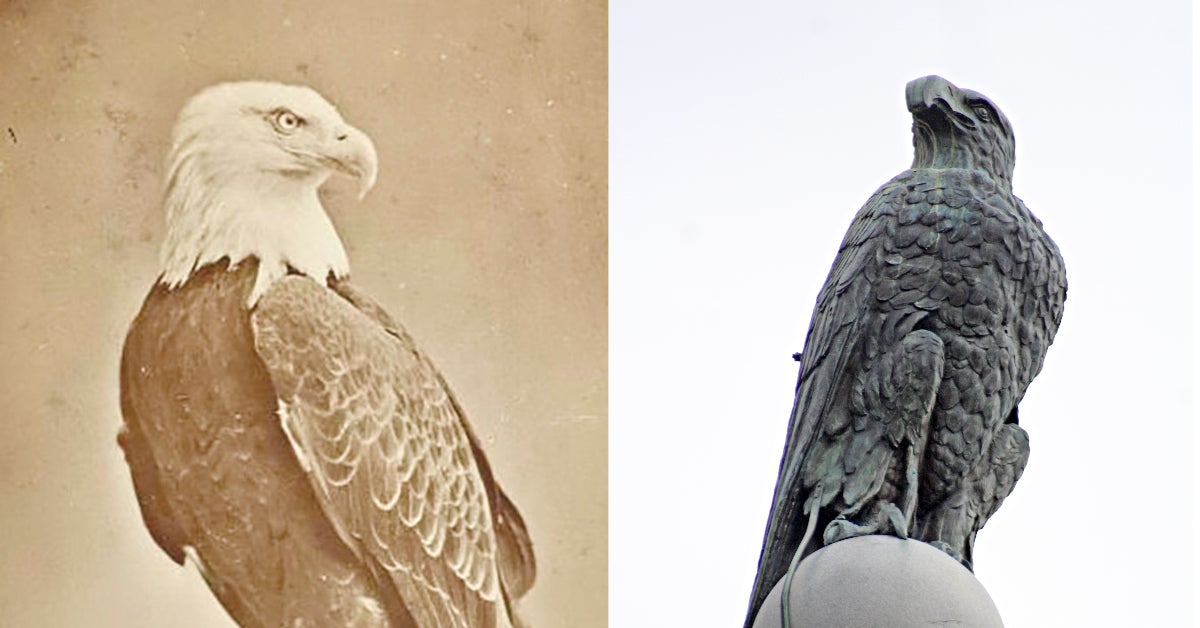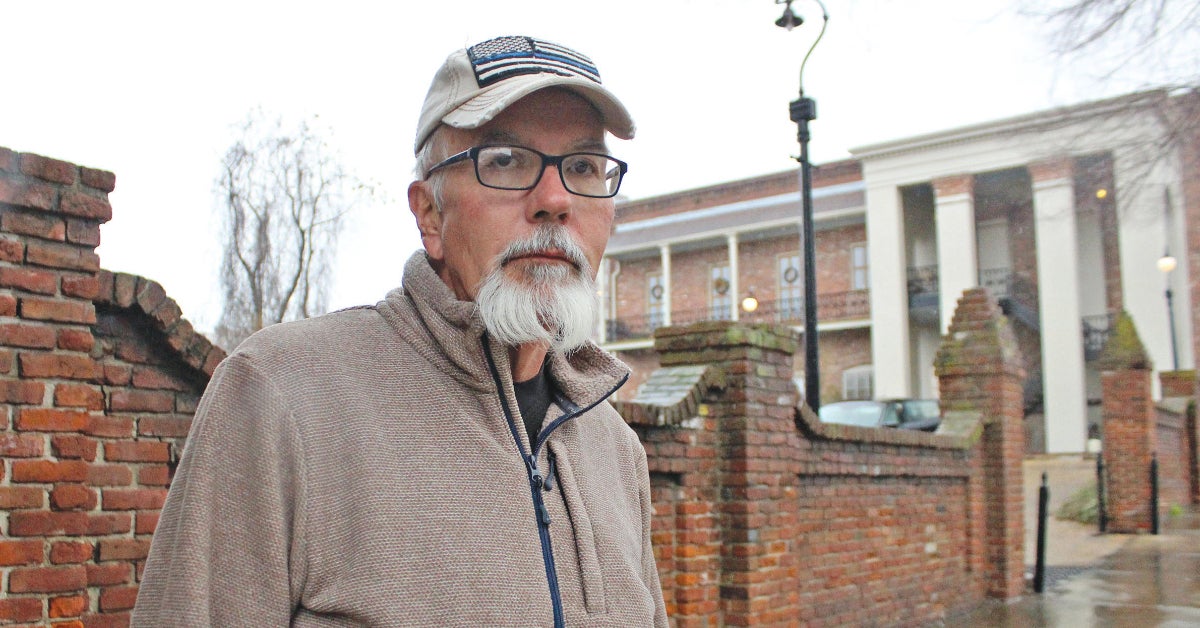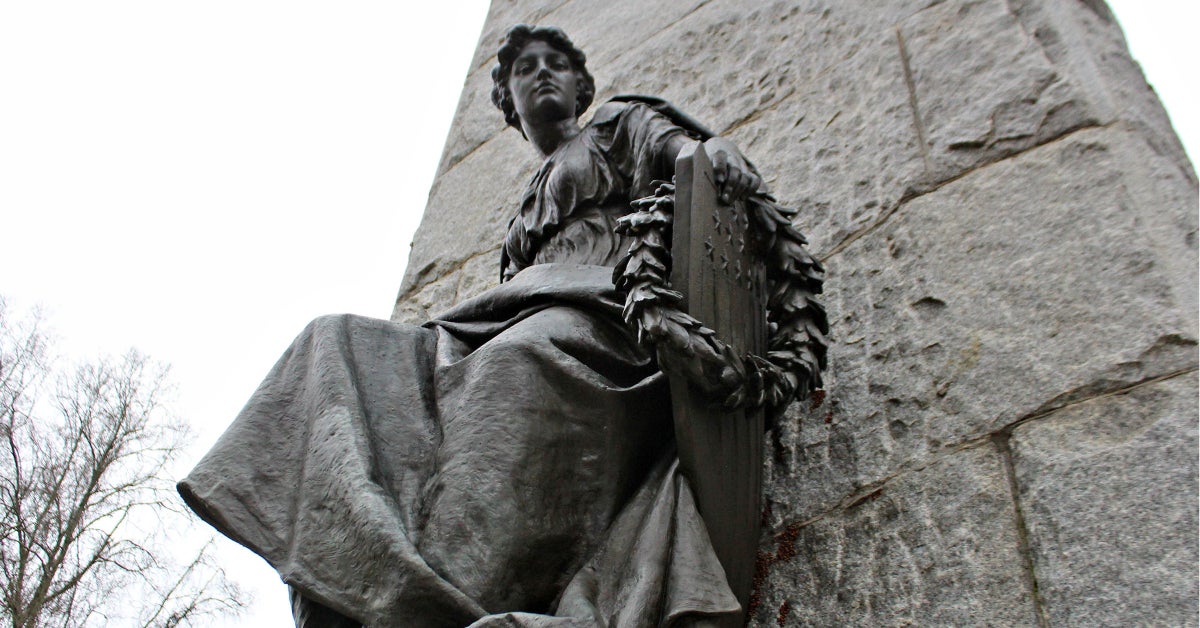WHISTLING DICK: The legend of a ‘tortured thing’
Published 9:46 am Saturday, February 25, 2023

- CUTLINE: This is the 32-pounder cannon that the Union misidentified as Whistling Dick. It is pictured in the Castle battery after the siege. The photo is from the Library of Congress and is public domain.
One of the biggest mysteries of the Siege of Vicksburg concerns the famous cannon, Whistling Dick, and what happened to it after the siege.
Legend has it that it was dumped into the Mississippi River prior to the surrender of Vicksburg.
Whistling Dick was an iron, rifled and banded 18-pounder. It fired a projectile 5.3 inches in diameter. One report written about it said that it made a screeching, whistling sound, that sounded like a tortured thing.
Its sound, and the legend surrounding it, made the cannon a target for the Union. Stories told at the time describe the cannon in a much grander scale than it likely actually was. This served to confuse the Union troops about its location, but unfortunately, likely also led to the cannon being lost to history following the siege.
It was located in the Railroad Battery, which was located on Washington Street where the Railroad tunnel passes under that street. It was damaged on May 22, repaired at A.M. Paxton’s foundry, then sent to the rear lines to an area alongside the railroad, and behind the current VWSD administration building, on Baldwins Ferry Road.
As of 30 years ago, the earthworks were still there.
The river at Vicksburg was heavily defended by several batteries with large caliber cannons, which made it nearly impossible for the Union fleet to pass Vicksburg. Among these cannons was the Widow Blakely, a 7.44-inch rifled cannon. It was imported from England and was used in the battery at the intersection of Washington and Bowmar streets.
A report in the Official Records of the War of the Rebellion by Samuel Lockett states; “On the 29th, the usual repairs and improvements continued along the whole line: a new battery made in the rear of the line left of Hall’s Ferry road; the new battery in the rear of General Lee improved, and ‘Whistling Dick’ (an 18-pounder rifled piece) put in position, and a new battery started in rear of General Moore’s center, but the working party was driven off by the enemy’s sharpshooters, and the work stopped.
The Union Navy was responsible for starting the legend about Whistling Dick, although it is obvious they got Whistling Dick confused with a much larger cannon. At first, they misidentified the Widow Blakey as Whistling Dick, and the Widow fit the bill because it was the largest rifled cannon in the defenses.
The only problem with that is that the Widow was disabled on June 22. A rifled and banded 32-pounder was also misidentified as Whistling Dick. That cannon was pictured on the sign for the Whistling Dick service station years later.
Researchers believe the Union Navy was thinking that the 7-inch triple-banded Brooke cannon in the upper batter was Whistling Dick. It was a formidable cannon that fired a 7-inch projectile till it burst at the breach on July 28.
What happened to the real Whistling Dick is nothing more than a myth. A former Confederate soldier, Lamar Fontaine, claimed that he was part of a group that was tasked with dumping the cannon in the river on the night of July 3.
Some have suggested that it was buried.
Researchers tend to think that it was overlooked by the Union forces because it didn’t fit their vision of what Whistling Dick would look like. More than likely, it was melted down because it was an obsolete caliber and was of no use to the Union forces.
To this day, no one knows for sure what happened to Whistling Dick.
Tommy Presson is a Vicksburg native with a lifelong love of the area’s history. Presson is the former manager of the Grand Gulf Military Monument and the Port Gibson Battlefield.





